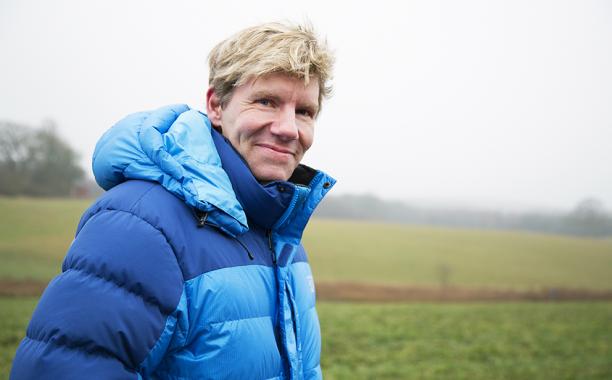
Editor’s Note: The Boilermakers union agrees with much of Mr. Lomborg’s position on the inadequacy and unsustainable expense of the current clean energy agreement developed at the Paris summit in 2015 as presented below. However, we remain convinced that clean coal technologies — especially carbon capture, use and storage — represent the most rational and feasible path to addressing global carbon emissions.
— The Paris Climate Treaty, to be signed in New York later today, will likely be the world’s most expensive treaty ever at a costs of at least $1 trillion a year
— The promised carbon cuts between 2016 and 2030 only amount to less than 1% needed to reach 2°C target
— Without technological breakthroughs, large carbon cuts will remain hugely expensive
— The solution? Green R&D, to make clean energy cheaper. Funding needs to be increased 10-fold to $100 billion per year
World leaders are meeting in New York today to sign the Paris climate treaty. "This is likely the world’s costliest-ever accord. While well-intentioned, this treaty is a hugely expensive way of achieving very little," Copenhagen Consensus president Dr. Bjorn Lomborg comments.
"Governments will reaffirm their declaration to keep temperature rises below 2°C. However, their actual promises for emission reductions will do almost nothing to achieve that. It is widely accepted that to keep temperature rises below 2°C, we have to reduce CO₂ emissions by 6,000Gt."
The UNFCCC estimates that if every country makes every single promised Paris Treaty carbon cut between 2016 and 2030 to the fullest extent possible and there is no carbon leakage, CO₂ emissions will be cut by 56 billion Gt by 2030.
"The math is simple: in an implausibly optimistic best-case scenario, the treaty leaves 99% of the problem in place.
"To say that Paris will get us to "well below 2°C" is cynical posturing at best. It relies on wishful thinking. It’s like going on a diet to slim down, but declaring victory after the first salad.
"This treaty will be extraordinarily costly: Using the best individual and collectively peer-reviewed energy-economic models, the total cost – through slower GDP growth from higher energy costs – will reach $1-2 trillion every year from 2030.
"We owe the world much more – both in terms of tackling climate change better, and in spending resources smarter.
"The most promising recent development to actually tackle climate change was the announcement of the Bill Gates-led green energy innovation fund together with private individuals, and governments including Australia, U.S.A, Brazil, Canada, Chile, China, Denmark, Germany, France, Saudi Arabia, Sweden, South Korea, and U.A.E. This is an excellent initiative. I have argued for greater spending on R&D for a decade. Even more funding is needed, the Gates-led fund is what is really going to make a difference to the climate.
"Until there is a breakthrough that makes green energy competitive on its own merits, massive carbon cuts are extremely unlikely to happen.
"Claims that carbon cuts will be free or even generate economic growth don’t stack up given today’s technology. Every economic model shows real costs. If not, we wouldn’t need the Paris treaty: every nation would stampede to voluntarily cut CO₂ and get rich.
"A greater focus on green innovation the only way we can start tackling the 99% of the climate problem not addressed by this treaty. Funding in the region of $100 billion annually is what is needed,” Lomborg concludes.




















0 Comments